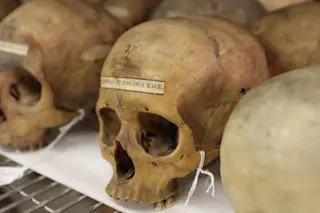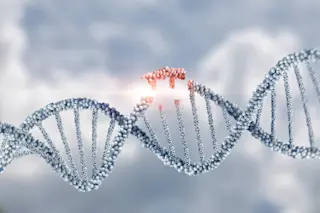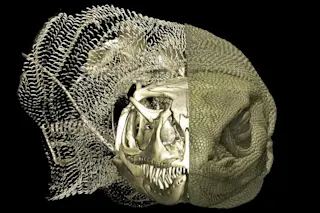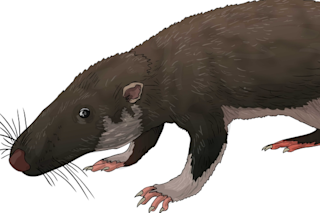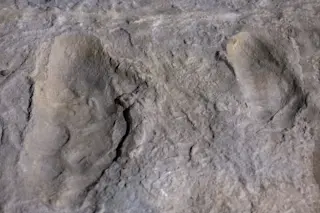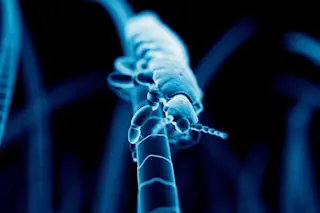"No scientific falsehood is more difficult to expunge than textbook dogma endlessly repeated in tabular epitome without the original data.” With those fateful words, published in Science in 1978 [PDF], the paleontologist and historian of science Stephen Jay Gould launched a famous assault on Samuel Morton, a 19th-century physical anthropologist. Morton’s measurements of skull size had been used to justify the claim that Caucasians have larger skulls and are therefore more intelligent than other races, an inference discredited by modern science. Gould accused Morton of mismeasuring craniums, botching his math, and selectively excluding or weighting evidence. In every case, Gould said, Morton’s errors had favored his bias, boosting whites or cheating blacks. But this year, a team of scientists turned the tables on Gould, showing that the true errors and bias on display were his own.
Gould’s attack on Morton—which he expanded into a broad critique of racist anthropology in ...


